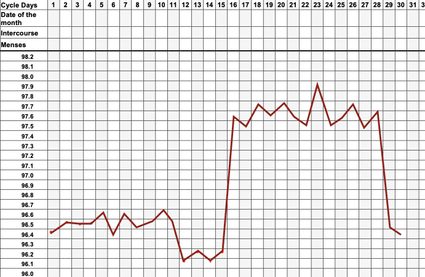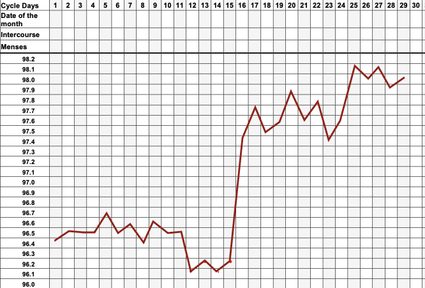BBT Calculator | Basal Body Temperature
The BBT calculator is the simplest way to adjust your basal body temperature, depending on the time you wake up every day. 🌡️
Stay with us a little bit longer — we'll teach you how to calculate BBT adjustments, how to draw a basal body temperature chart, and how to assess both with:
- A BBT chart for pregnant women; and
- A non-pregnant ovulation temperature chart.
We try our best to make our Omni Calculators as precise and reliable as possible. However, this tool can never replace a professional doctor's assessment. If any health condition bothers you, consult a physician.
What's the BBT test?
Basal body temperature readings are one of the easiest options to observe your body functions and increase the chances of getting pregnant. 🤰
How do we do it?
The key to the BBT method is to measure your body temperature every day, at exactly the same time, same place, right after waking up.
For example, you may choose to measure your temperature in your vagina, mouth, or anus. The best practice is to keep your thermometer next to your bed and take your measurement before getting up.
❗ Basal body temperature (BBT) method shouldn't be used as a birth control method. BBT can change easily and depends on multiple external factors, such as:
- Illness or fever;
- Traveling between time zones;
- Irregular sleep patterns; and
- Alcohol intake.
Check the Pearl index calculator for more information.
Once you got it all figured out, you may want to check our other fertility tools, like our due date calculator and our Clomid ovulation calculator.
What happens to BBT after ovulation?
BBT and ovulation share an inseparable bond: the temperature starts to decrease right before ovulation and increases right after it, commencing the luteal phase. This process usually happens around the 14th day of the cycle.
The basal temperature of a woman's body is lower during the follicular (first) phase and higher during the luteal (second) phase. If there is no pregnancy, we can see a subsequent drop in temperature at the end of the cycle.

The differences in temperatures are really small — that's why it's so crucial to take your measurements at exactly the same time.
However, if your alarm clock was to ever fail you, you'll always be welcome to use our BBT calculator for pregnancy. 🤓
What happens to BBT in pregnancy?
Basal temperature in pregnancy stays on relatively the same level. That's due to progesterone, a hormone that maintains the gestation.
You could identify pregnancy by simply looking at your BBT chart — if you can't see the temperature drop at the end of your menstrual cycle and right before your period, you might be pregnant!

Your BBT test says that you're pregnant? It's time to confirm it with a pregnancy test and a visit to your OB-GYN! 👶
What's the difference between basal body temperature chart in pregnant vs not pregnant woman?
Although the BBT chart in a pregnant woman might look very similar to a non-pregnant one, the most significant change happens around 14 days after ovulation.
- If the temperature continues to rise, you're probably pregnant. 🍼
- If the temperature drops to its basal level, you're starting a new menstrual cycle — you're probably not pregnant.
How do I adjust basal body temperature?
To adjust the basal body temperature, we need to answer a few questions:
-
What time do you usually measure your temperature? (usual time)
-
What time did you do it today? (actual time)
-
What was the temperature you measured?
-
Our next step is to calculate the number of minutes between the two measurement times.
Time difference (min) = usual time − actual time -
Then divide it by 30 minutes and multiply by 0.05.
Temperature difference = (time difference / 30) × 0.05
💡 We multiply by 0.05 because your temperature increases by 0.05 °C every half an hour after you wake up.
The calculated temperature difference can be negative or positive.
- If it's negative, subtract it from your actual temperature.
- If it's positive, add it to your actual temperature.
How to use this BBT calculator
It couldn't be easier!
- Enter the time when you usually measure your basal body temperature.
- Enter the time of today's measurement.
- Enter today's temperature.
- Et voilà, you're ready 🎉 Your results will include:
- Your adjusted temperature; and
- Temperature difference.